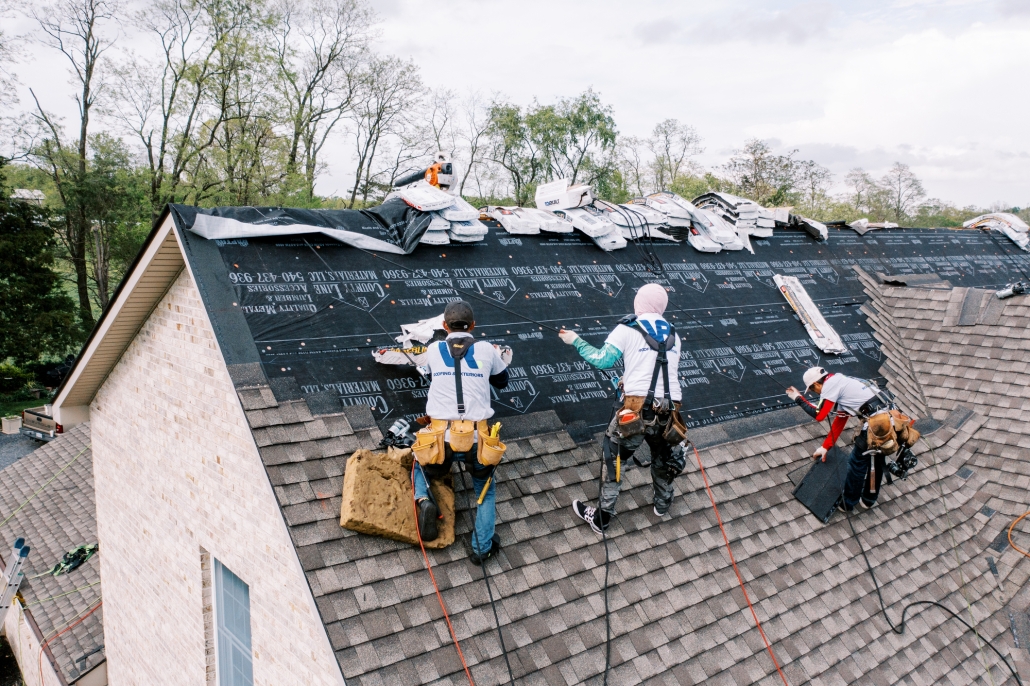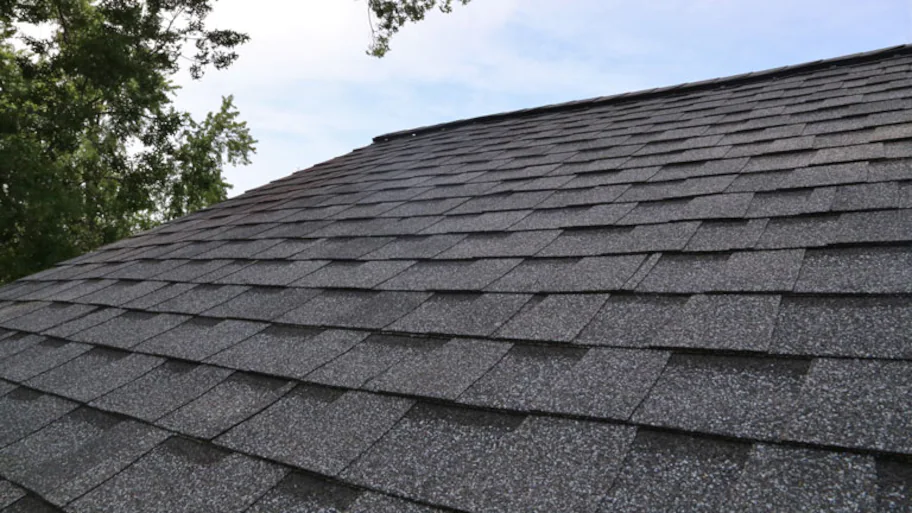Just How Gainesville Roofing Companies Can Change Your Home's Outside
Just How Gainesville Roofing Companies Can Change Your Home's Outside
Blog Article
Best Practices for Ensuring Appropriate Roof Ventilation
A balanced consumption and exhaust air vent proportion, frequently 1:300, plays a pivotal role, with consumption vents ideally put at the lower side of the roof for amazing air entry and exhaust vents at the top for warm air departure. Maintaining insulation away from vents is essential to avoid air flow constraint.
Understand Ventilation Basics
Correctly comprehending ventilation essentials is important for making sure the long life and efficiency of roof. Efficient air flow minimizes moisture accumulation and temperature extremes in the attic, both of which can cause substantial architectural damages over time. A well-ventilated roofing assists in protecting against common issues such as mold growth, wood rot, and ice dams, which can compromise the integrity of the roof materials and the underlying structures.
The main goal of ventilation is to assist in the motion of air, permitting for a regular exchange in between the outdoor and indoor atmospheres. This equilibrium is accomplished with a mix of consumption and exhaust vents that function with each other to maintain optimal air flow. Intake vents, usually situated along the soffits or eaves, permit fresh air to go into the attic room room, while exhaust vents, frequently positioned at or near the roof covering ridge, make it possible for hot, damp air to leave.
Key variables influencing the effectiveness of roofing system air flow consist of proper placement, appropriate sizing, and making sure that both intake and exhaust vents are unhampered. Normal evaluation and upkeep are crucial to determine prospective blockages, damage, or inefficiencies in the air flow system, thus securing the roofing system's efficiency and durability.
Kinds of Roofing System Vents
Roofing vents play an essential duty in maintaining effective attic room ventilation and, by extension, the general health of the roof. Various sorts of roof covering vents are offered, each with special benefits customized to certain roof covering requirements. Ridge vents, for instance, are installed along the roof's top, permitting warm, damp air to run away from the attic. They offer constant ventilation and mix flawlessly with the roofline, making them both effective and cosmetically pleasing.

Soffit vents are installed under the eaves and work in tandem with roof covering vents to guarantee a balanced intake and exhaust system. By allowing cooler air to go into from below, soffit vents facilitate the expulsion of warm air through top vents. Gable vents, located on the exterior walls of the attic, offer another reliable service, particularly in homes with gable roofings.
Assess Your Present Ventilation

Next, consider the age and problem of your roof materials and ventilation components. Older systems might not follow present building moved here codes or might have worn away over time, lowering their effectiveness. Conduct a complete exam to determine any indicators of damage, such as rust, damages, or voids that can compromise the system's efficiency.
Furthermore, determine the attic temperature level and humidity levels. High temperature levels and humidity can show poor ventilation - roofing companies gainesville florida. Use a hygrometer and thermometer to acquire exact readings, contrasting them with outdoor problems. Persistent disparities suggest potential issues that require addressing.
Setup Best Practices
Reliable setup of roofing air flow systems is paramount for making sure optimal efficiency and long life. Correct setup starts with understanding the certain air flow requirements of the roofing and the structure it covers. This involves determining the proper proportion of consumption to wear down vents, usually sticking to the 1:300 guideline, which states one square foot of ventilation for every single 300 square feet of attic floor room.

The positioning of vents is similarly critical. Consumption vents should be installed at the roof covering's lower edge, commonly in the soffits, to enable cool air to get in. Exhaust vents, on the various other hand, ought to be mounted near or at the roofing system's peak to facilitate the departure of cozy, damp air. This produces an all-natural airflow that helps maintain temperature and wetness balance within the attic area.
Seal all vent links diligently to stop air leakages and potential water infiltration. Use high-quality materials and follow manufacturer guidelines to make sure resilience and efficiency. Additionally, incorporating ridge vents with baffles can dramatically enhance airflow performance by avoiding wind-driven rain my sources and snow from going into the attic room.
Ultimately, accurate setup of roof air flow systems mitigates potential problems such as mold development, ice dams, and architectural damage, making sure the roofing's honesty and the structure's general health.
Regular Upkeep Tips
Consistency in maintenance techniques is essential to making sure the long-term performance of roof ventilation systems. Regular examinations are important, ideally carried out biannually-- in the springtime and autumn. During these inspections, ensure that vents are without debris, nests, and other obstructions that might hamper air flow. Inspect for any type of indicators of wetness accumulation or mold and mildew, as these can show improper air flow or leakages (roofing companies).
Make use of a soft brush or a vacuum to get rid of dust and debris from consumption and exhaust vents. Be cautious not to harm the vent displays or louvers throughout the procedure.
Appropriate insulation is equally important. Make sure that attic room insulation does not block the vents, as this can severely restrict air movement. If any insulation has shifted or worked out, rearrange or replace it to maintain an efficient obstacle.
Last but not least, change any kind of harmed or missing parts immediately. Busted vents, cracked tiles, or worn-out blinking can all add to inadequate ventilation and needs to be addressed immediately. Normal upkeep makes sure that the roof covering air flow system works ideally, thereby extending the life expectancy of the roof itself.
Conclusion
Ensuring correct roof covering air flow is vital for preserving the efficiency and durability of a roofing system. Adherence to the 1:300 intake and exhaust vent proportion, coupled with the critical positioning of vents, is crucial. Routine semiannual inspections, particles cleaning, and guaranteeing insulation does not obstruct airflow are essential methods. Executing these finest practices will certainly foster a well-ventilated roof, thus mitigating prospective problems connected to moisture buildup and extreme heat, eventually extending the roof's life expectancy.
A balanced consumption and exhaust air vent ratio, frequently 1:300, plays an essential role, with intake vents preferably positioned at the lower edge of the roof covering for amazing air access and exhaust vents at the top for warm air exit. Consumption vents, normally situated along the eaves or soffits, allow fresh air to get in the attic room space, while exhaust vents, frequently situated at or near the roofing ridge, allow warm, damp air to run away.
Soffit vents are installed under the eaves and job in tandem with roof covering vents to ensure a balanced consumption and exhaust system. By permitting cooler air to get in from below, soffit vents facilitate the expulsion of hot air with upper vents. Adherence to the 1:300 consumption and exhaust air vent proportion, paired with the strategic here are the findings placement of vents, is important.
Report this page